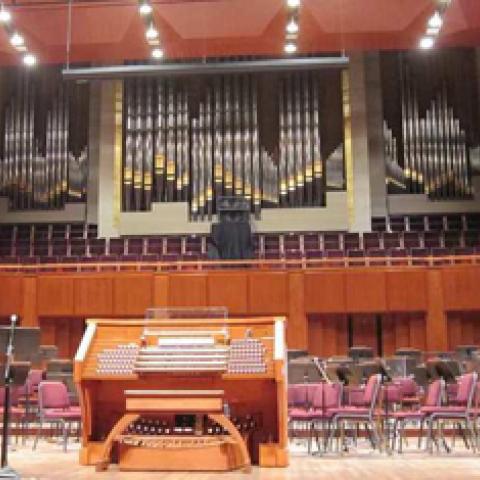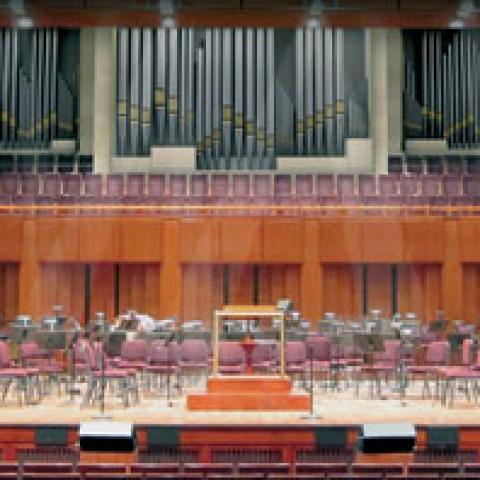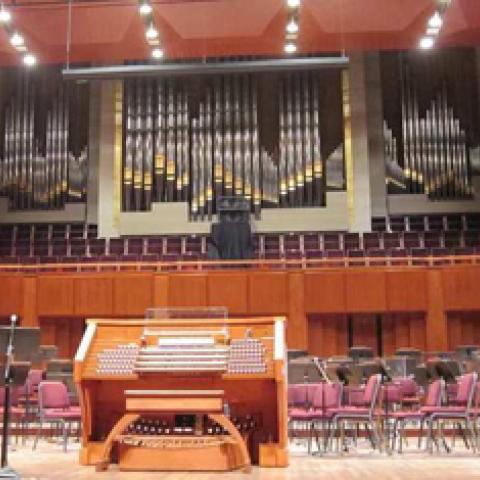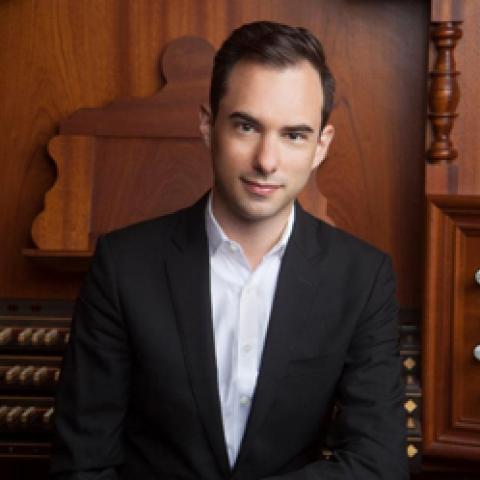
The Kennedy Center for the Performing Arts will inaugurate its new Casavant organ on November 27 at 6 pm. The program features William Neil and the National Symphony Orchestra performing works by Bach, Guilmant, Gabrieli, and Saint-Saëns. The new organ comprises 85 ranks over four manuals and pedal. The celebration continues with a series of programs in January.
For information: www.kennedy-center.org.







